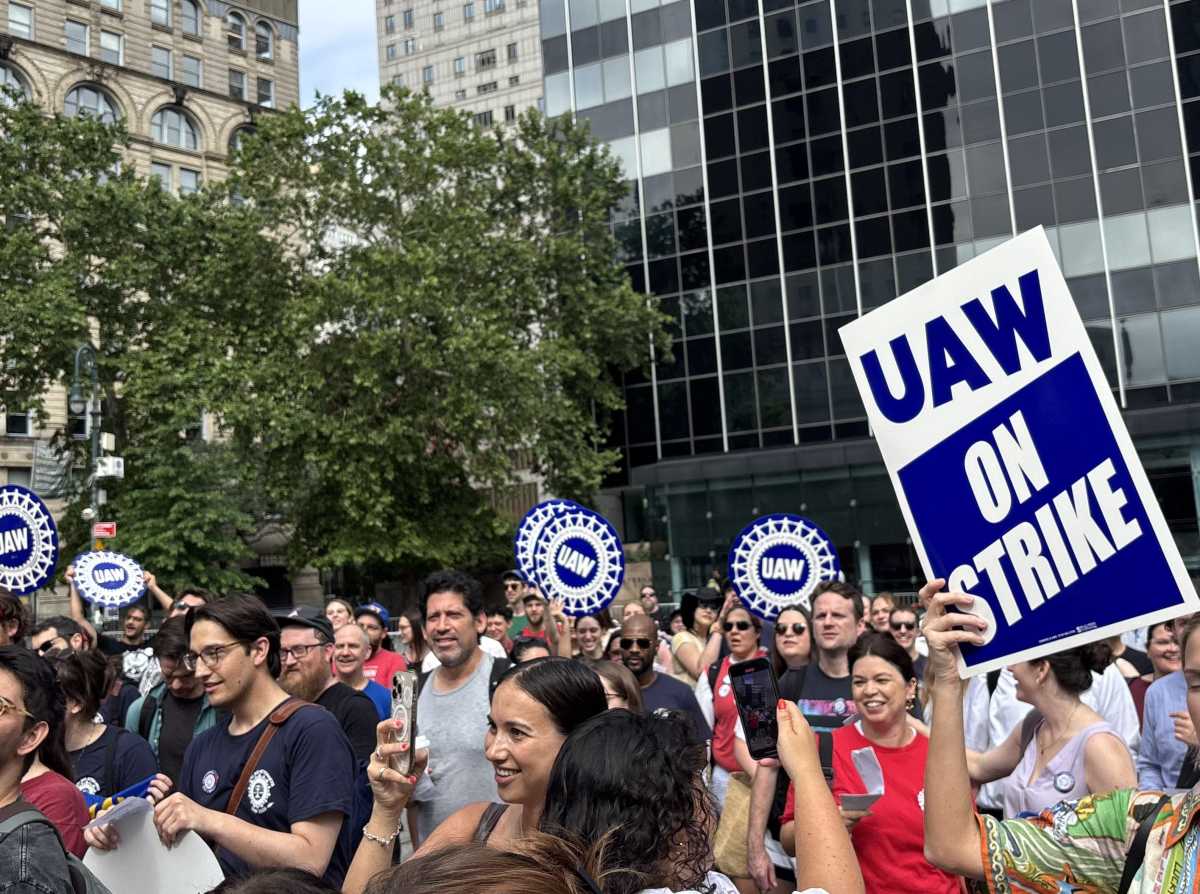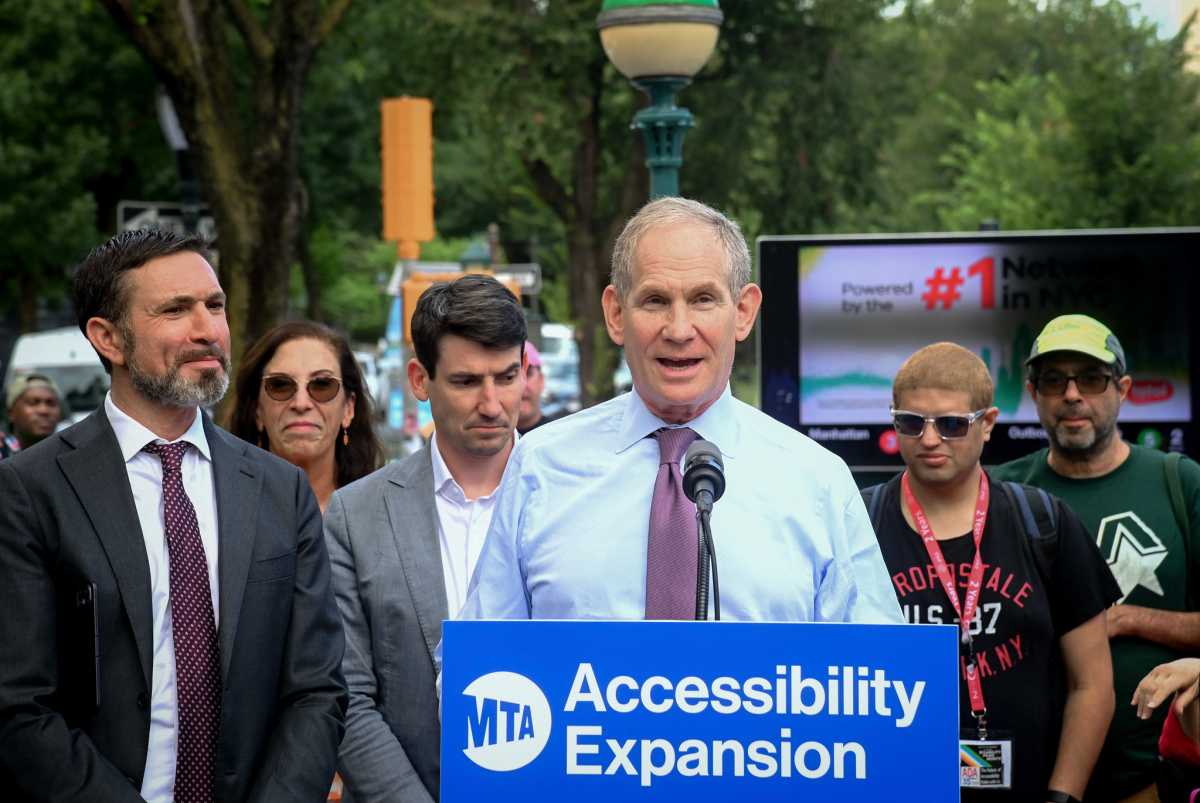WASHINGTON (Reuters) – U.S. consumer spending barely rose in February as an increase in spending on services was offset by declining purchases of motor vehicles and other goods, while price pressures mounted, with annual inflation surging by the most since the early 1980s.
But the report from the Commerce Department on Thursday showed spending in January was much stronger than initially estimated. That put consumer spending on track for solid growth this quarter, which would keep the economy expanding, despite the rising headwinds from inflation that is driven by shortages.
“Despite sagging confidence due to the war (in Ukraine) and inflation, American consumers are hanging tough, undergirded by strong employment growth and built-up savings,” said Sal Guatieri, a senior economist at BMO Capital Markets in Toronto.
Consumer spending, which accounts for more than two-thirds of U.S. economic activity, rose 0.2% last month. Data for January was revised higher to show outlays rebounding 2.7% instead of 2.1% as previously reported. Economists polled by Reuters had forecast consumer spending increasing 0.5%.
A significant decline in COVID-19 infections boosted demand for services like dining out, hotel stays, recreation, air travel and healthcare. Services increased 0.9%, the most in seven months, after rising 0.7% in January. But spending on goods dropped 1.0% after surging 6.5% in the prior month.
The decline in goods purchases, which likely signals the rotation of spending back to services, was led by a tumble in motor vehicles. Consumers also cut back spending on food, household furnishings, recreational goods as well as clothing. Spending on gasoline increased at a $27.1 billion rate.
Gasoline prices soared in February and broke above $4 per gallon this month following Russia’s invasion of Ukraine on Feb. 24. Prices have dramatically increased across the board.
The personal consumption expenditures (PCE) price index, excluding the volatile food and energy components, rose 0.4% after climbing 0.5% in January. The so-called core PCE price index jumped 5.4% year-on-year in February, the biggest gain since April 1983. The core PCE price index increased 5.2% in the 12 months through January.
The Federal Reserve this month raised its policy interest rate by 25 basis points, the first hike in more than three years, and adopted a hawkish posture as it battles inflation.
Though inflation is eating into households’ budgets, consumers are getting some cushioning from massive savings accumulated during the pandemic as well as rising wages amid a shortage of workers. Economists estimate consumers are sitting on about $2.3 trillion in excess savings.
“We expect a decent chunk of it is at the disposable of households should they wish to rely on it,” said Shannon Seery, an economist at Wells Fargo in New York.
Stocks on Wall Street were trading lower. The dollar rose against a basket of currencies. U.S. Treasury yields fell.
STRONG WAGE GAINS
Personal income rose 0.5% in February, with wages shooting up 0.8%. The saving rate climbed to 6.3% from 6.1% in January.
When adjusted for inflation, consumer spending fell 0.4%. Data for January was revised higher to show the so-called real consumer spending surging 2.1% instead of 1.5% as previously reported. Real consumer spending is what matters in the calculation of gross domestic product.
“A combination of downward revisions to last year’s data and an upward revision to January’s gain means that real consumption is on track for a solid 4.0% annualized gain in the first quarter,” said Michael Pearce, a senior U.S. economist at Capital Economics in New York.
Growth estimates for the first quarter range from as low as a 0.4% annualized rate to as high as a 2.8% pace. The economy grew at a 6.9% pace in the fourth quarter.
The scarcity of workers is keeping layoffs very low. In a separate report on Thursday, the Labor Department said initial claims for state unemployment benefits increased 14,000 to a seasonally adjusted 202,000 for the week ended March 26. Still, claims remained well below their pre-pandemic average.
They have declined from an all-time high of 6.149 million in early April 2020. There were a near record 11.3 million job openings on the last day of February, government data showed on Tuesday, which left the jobs-workers gap at 3.0% of the labor force and close to the post-war high of 3.2% in December.
More workers likely returned to the labor force in March. The claims report showed the number of people receiving benefits after an initial week of aid decreased 35,000 to 1.307 million during the week ended March 19, the lowest since December 1969.
“The labor market remains in excellent shape in the first quarter,” said Stuart Hoffman, senior economic advisor at PNC Financial in Pittsburgh, Pennsylvania.
A third report from global outplacement firm Challenger, Gray & Christmas, showed U.S.-based employers announced 21,387 job cuts in March, which was up 40.3% from February but down 30% compared to last year. Employers also announced plans to hire
105,224 workers this month.
The government’s closely watched employment report on Friday is likely to show that nonfarm payrolls increased by 490,000 jobs in March, according to a Reuters survey of economists. The economy created 678,000 jobs in February.
The unemployment rate is forecast falling a to a fresh two-year low of 3.7% from 3.8% in February.
(Reporting by Lucia Mutikani; Editing by Chizu Nomiyama and Andrea Ricci)


























